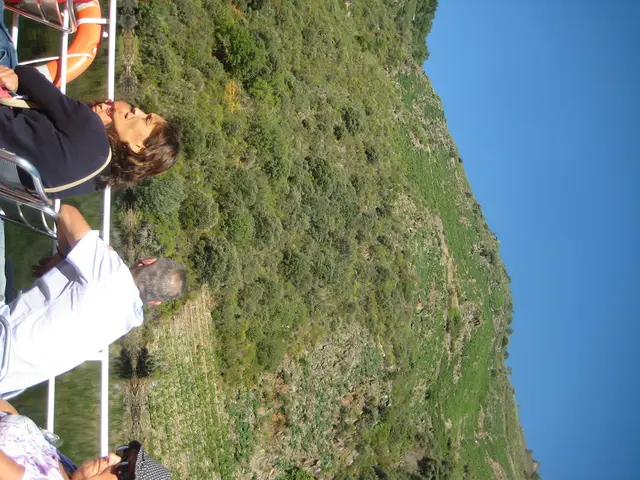Using a Crescent Moon for Navigation: A Step-by-Step Guide for North and South
Navigating the night sky without modern tools can be a cool and interesting challenge, and the crescent Moon method is an ancient technique to help you find your bearings in both the Northern and Southern Hemispheres.
Learning to Navigate with the Crescent Moon
This straightforward method relies on the shape of the Moon to guide your direction. Here's a breakdown of how it works:
Northern Hemisphere
- Draw the Line: Imagine a line from the top crescent point of the Moon, through the bottom point, and extend it down to the horizon.
- Directional Reference: The intersection of this line with the horizon gives you a rough idea of due south. This is because the crescent shape of the Moon aligns with the Earth's rotation, giving you an approximate south location.
Southern Hemisphere
- Draw the Line: Draw the line from the top crescent point of the Moon, through the bottom point, and extend it down to the horizon.
- Directional Reference: In the Southern Hemisphere, this line will point towards the north. This method is useful for navigators to approximate north using the Moon's position in the sky.
Important Note: Remember that this method provides a general direction and is not as precise as modern navigation tools such as GPS. It's a helpful technique for basic orientation when you don't have other equipment at hand.
Tristan Gooley, author of The Natural Navigator, explains that the Moon moves in an east-west plane, with the Sun, and its crescent shape allows us to infer that its bright side 'points' towards the Sun, giving us a clue about its east or west position. The line through the crescent points is perpendicular to the Sun-Moon line, which helps us to pinpoint the south or north direction.
So, next time you find yourself under a crescent Moon in the night sky and lacking a compass or GPS, don't panic! With the crescent Moon method, you can estimate your direction and make your way back to familiar territory. But don't ditch your modern navigation tools just yet; they remain more accurate for long-distance, precise navigation.
The ancient crescent Moon method can be utilised in both education and science, aiding in the understanding of the Earth's rotation and celestial navigation. Moreover, this technique could be an intriguing addition to lifestyle and travel experiences, offering a unique, low-tech approach for orientation in unfamiliar locations.




